Landscape Preference Study of Urban Waterfront Ecological Space under Public Participation
DOI: 10.23977/lsuh.2024.060111 | Downloads: 55 | Views: 1455
Author(s)
Peng Zhang 1,2, Qian He 3, Nadia Binti Mohd Nasir 1
Affiliation(s)
1 Faculty of Creative Industries, City University Malaysia, Petaling, Selangor, 46200, Malaysia
2 School of Art and Design, Hubei University of Science and Technology, Xianning, Hubei Province, 437100, China
3 School of Music, Hubei University of Science and Technology, Xianning, Hubei Province, 437100, China
Corresponding Author
Nadia Binti Mohd NasirABSTRACT
With the acceleration of urbanization, the design and ecological functions of urban waterfront areas have become increasingly important. This study analyses public preferences for waterfront ecological spaces in Wuhan's East Lake Ecological Park through field observations and surveys. The results show that waterfront ecological spaces offer ecological functions, aesthetic value, and socio-economic benefits, with the public favouring spaces that combine natural and artificial elements. Factors such as plant diversity and the completeness of public facilities influence public satisfaction, while the depth and quality of public participation need improvement. This study provides a reference for urban planners and designers in creating sustainable and healthy waterfront landscapes and offers a scientific basis for optimizing public participation pathways.
KEYWORDS
Public Participation; Waterfront Ecological Space; Landscape Preference; Landscape Design; EnvironmentsCITE THIS PAPER
Peng Zhang, Qian He, Nadia Binti Mohd Nasir, Landscape Preference Study of Urban Waterfront Ecological Space under Public Participation. Landscape and Urban Horticulture (2024) Vol. 6: 73-78. DOI: http://dx.doi.org/10.23977/lsuh.2024.060111.
REFERENCES
[1] Yuan, Y., Zheng, Y., Huang, X., & Zhai, J. (2024). Climate resilience of urban water systems: A case study of sponge cities in China. Journal of Cleaner Production, 451, 141781. https://doi.org/10.1016/j.jclepro.2024.141781
[2] Leal Filho, W., Wolf, F., Castro-Díaz, R., Li, C., Ojeh, V. N., Gutiérrez, N., Nagy, G. J., Savić, S., Natenzon, C. E., Quasem Al-Amin, A., Maruna, M., & Bönecke, J. (2021). Addressing the Urban Heat Islands Effect: A Cross-Country Assessment of the Role of Green Infrastructure. Sustainability, 13(2), Article 2. https://doi.org/10.3390/su13020753
[3] Chen, L., Liu, Y., Leng, H., Xu, S., & Wang, Y. (2023). Current and Expected Value Assessment of the Waterfront Urban Design: A Case Study of the Comprehensive Urban Design of Beijing’s Waterfront. Land, 12(1), Article 1. https://doi.org/10.3390/land12010085
[4] Yu, G., & Zhong, S. (2022). Borrowed production: Spatial processes of urban waterfront tourism in Guangzhou. Journal of Tourism and Cultural Change, 20(5), 601–616. https://doi.org/10.1080/14766825.2021.1962893
[5] Ge, Z., & Xin, Z. (2023). The Spatial Ecological Environment Design of the Waterfront Public Areas of Rural Rivers. Ecological Chemistry and Engineering S, 30, 235–241. https://doi.org/10.2478/eces-2023-0024
[6] Chen, L., & Ma, Y. (2023). How Do Ecological and Recreational Features of Waterfront Space Affect Its Vitality? Developing Coupling Coordination and Enhancing Waterfront Vitality. International Journal of Environmental Research and Public Health, 20(2), Article 2. https://doi.org/10.3390/ijerph20021196
[7] Peilin, G., Meng, C., Lichao, Z., Yuejun, S., Minghao, M., & Lingyun, W. (2019). Study on Water Ecological Restoration Technology of River. IOP Conference Series: Earth and Environmental Science, 371(3), 032025. https://doi.org/10.1088/1755-1315/371/3/032025
[8] Sonet, U. N., Klufallah, M., Peters, M. D., & Dixon, T. J. (2021). Indicators of the Public Participation Exercise for Designing Public Parks in Malaysia: A Systematic Review. Sustainability, 13(21), Article 21. https://doi.org/ 10.3390/ su132112119
[9] Yin Zhaodong. Zhao Zi'en., Cheng Zhongping., Liu Xiaoxiang& Wang Zhangli. (2010). Current Status and Types of Plant Resources in East Lake Eco-Tourism Scenic Spot, Wuhan. Resources and Environment in the Yangtze Basin (S2), 40-47. doi:CNKI:SUN:CJLY.0.2010-S2-009.
| Downloads: | 1641 |
|---|---|
| Visits: | 102128 |
Sponsors, Associates, and Links
-
Journal of Sustainable Development and Green Buildings
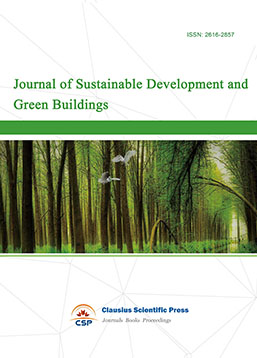
-
Bridge and Structural Engineering
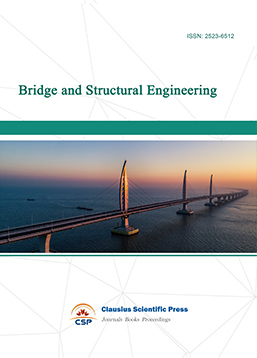
-
Soil Mechanics and Geotechnical Engineering
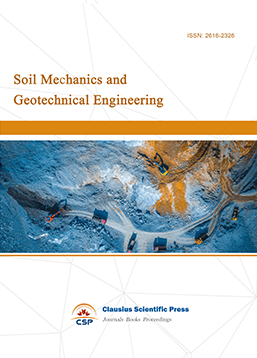
-
Journal of Civil Engineering and Urban Planning
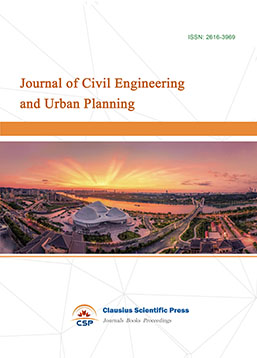
-
Journal of Municipal Engineering
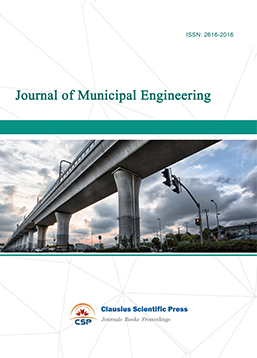
-
Heating, Ventilation and Air Conditioning
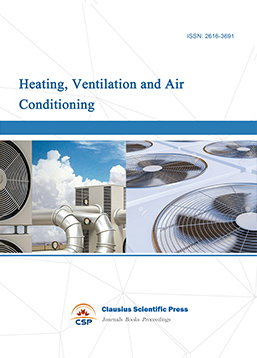
-
Indoor Air Quality and Climate
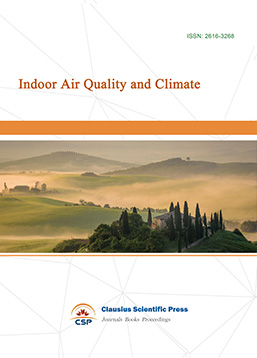
-
Computer Aided Architecture Design


 Download as PDF
Download as PDF